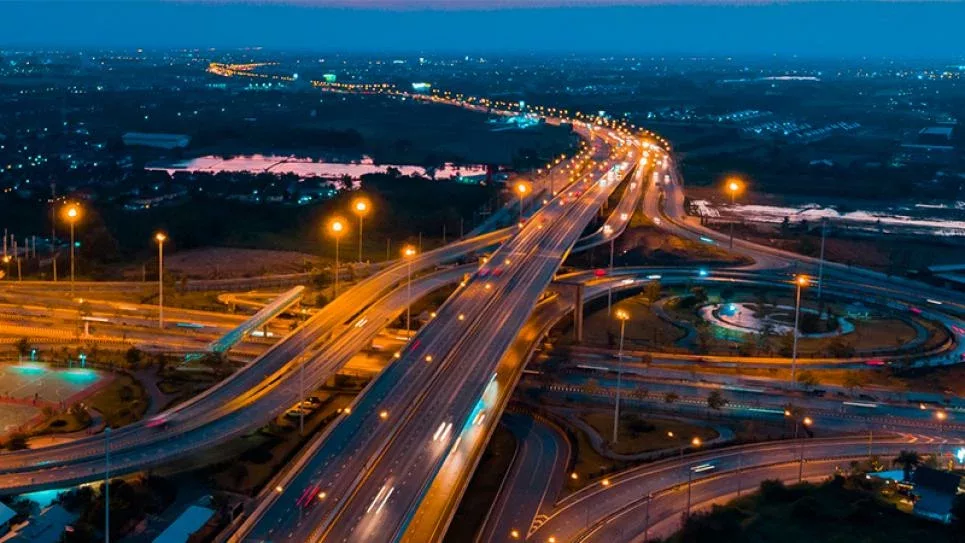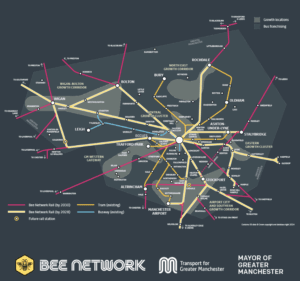Midlands Connect has asked the Government for £400 million to help improve infrastructure across the region.
These include an additional platform at Birmingham’s Snow Hill station and a smart ticketing system similar to Oyster used in London to pay for bus, metro and rail journeys via a single car or mobile phone.
The Budget submission was drawn up by Midlands Connect, the transport body representing the East and West Midlands. Other measures include:£27 million to reinstate platform four at Snow Hill to allow more local and long distance services to terminate there, £20 million for a regionwide smart ticketing system for bus, tram and rail journeys across the Midlands, £321 million for road improvements across the region, including £28 million to cut congestion on the A45 Damson Parkway junction in Coventry, and £20 million to create more services at Birmingham International and Coventry stations, with new direct services to Derby, Sheffield, York and Newcastle and more services to Leamington Spa, Banbury, Oxford and Reading.
It also suggests £5.3 million to draw up plans for future schemes to cut congestion on the A46, the A5 between Staffordshire and Warwickshire and the A50/500 corridor in Stoke-on-Trent, £5 million to develop plans for a new direct rail connection between Coventry, Leicester and Nottingham and for four tracking at Leicester station to allow for more services, £5 million for better signalling between Newark and Lincoln and £4.5 million to improve services from Derby, Leicester and Nottingham to a planned HS2 station at Toton.
The document sent to the Chancellor says that the damage to the economy caused by the coronavirus pandemic and the impact of Brexit makes it more important than ever to invest in the Midlands.
“The region, country and world we live in is unrecognisable to that we inhabited just a year ago,” it said.
“The unparalleled challenges of a global pandemic, the UK’s exit from the European Union and the ongoing blight of climate change mean that decisive action, demonstrable progress and strategic innovation are more important than ever. This is especially true for our transport network.”



























